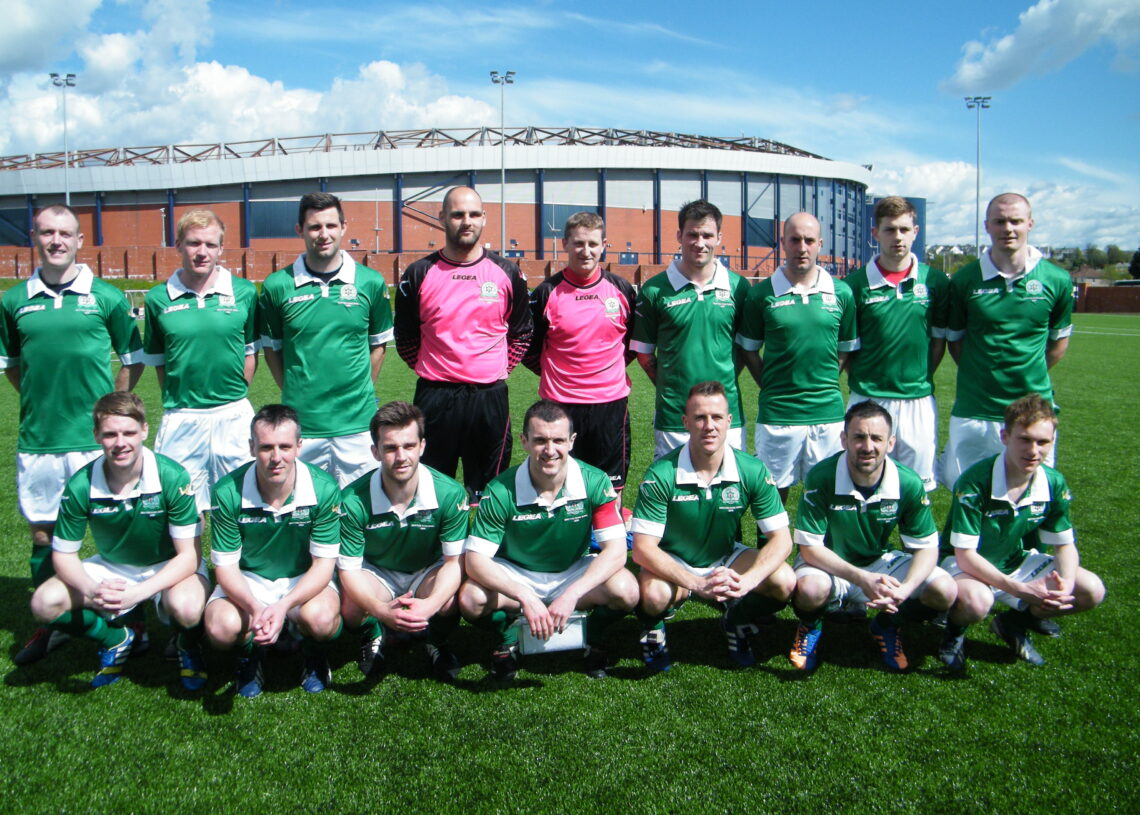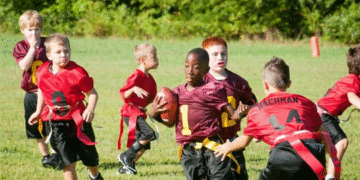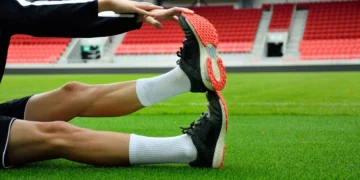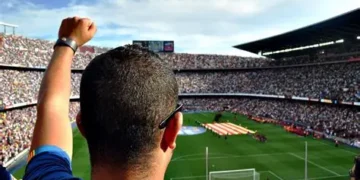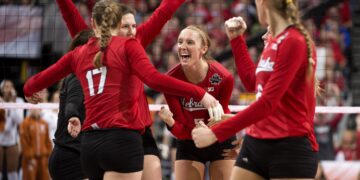Decoding the Costs: Registration Fees and Financial Aid
Participating in amateur sports involves various expenses. Understanding registration fees and available financial aid programs ensures accessibility for everyone.
Understanding Registration Fees
Registration fees are essential for covering operational costs, including equipment, facility maintenance, and staff salaries. Knowing how these fees are allocated provides insight into a league’s value and sustainability.
Navigating the Cost Factor
The cost of joining a league can be a barrier for some. For instance, youth sports leagues may have different fees for members and non-members, plus additional costs for items like uniforms.
Financial Assistance Programs
Many organizations offer financial aid programs to ensure broader participation, reflecting a commitment to inclusivity.
Overcoming Financial Obstacles
Leagues actively address financial obstacles through aid programs, ensuring community involvement by helping families who might otherwise be unable to afford participation. Applying for aid is often a straightforward process.
Crafting the Perfect Game Plan: Scheduling for Success
Creating an ideal schedule for your amateur league experience can be challenging, but it’s essential for a successful and enjoyable season. A well-thought-out schedule balances competition, fairness, and logistical considerations.
Balancing Competition and Participation
Consider integrating different skill levels when designing your schedule. Tournaments often use a multi-round, progressive knockout format. Initially, amateur teams compete alongside lower-division professional teams, with higher-division professional clubs joining in later rounds. This approach maximizes participation while maintaining a competitive environment.
Ensuring Logistical Feasibility
Staggering match days over several months helps balance competitive opportunity with logistical feasibility. Consolidating progressively larger pools into single-elimination brackets aids in managing the schedule. Efforts to minimize travel burdens on teams, especially amateur squads, are essential.
Maximizing Fair Play
Fairness is paramount. Scheduling strategies should aim to maximize participation while maintaining fair competition across varying skill levels. Consider factors like travel distance, field availability, and team preferences to create a balanced and equitable schedule for all participants.
A Real-World Example
The U.S. Open Cup’s scheduling structure integrates amateur and professional clubs through a multi-round, progressive knockout format. Early rounds feature amateur entrants, including local qualifiers and league champions, competing alongside lower-division professional teams. Higher-division professional clubs enter in later rounds. The system balances competitive opportunity with logistical feasibility by staggering match days over several months and consolidating pools into single-elimination brackets. Scheduling strategies aim to maximize participation while maintaining fair competition.
Mastering the Game: League Rules and Skill Levels
Understanding the rules and skill levels within amateur leagues is key to enjoying fair play and competition. Let’s break down what you need to know to navigate these leagues effectively.
Grasping League Regulations
Every amateur league operates under specific rules designed to ensure fair play and consistent competition. These regulations often cover aspects like player eligibility, game formats, scoring systems, and code of conduct. Familiarizing yourself with these guidelines is essential for a positive experience.
Understanding Skill Level Systems
Many leagues implement skill level systems to create balanced competition. These systems categorize players based on their abilities, allowing individuals to compete against others of similar skill. Knowing where you fit within a league’s skill level structure is crucial for appropriate placement and enjoyable matches.
Tennis League Example: USTA and NTRP
The United States Tennis Association (USTA) employs the National Tennis Rating Program (NTRP) to structure adult amateur tournaments. This system divides players into levels ranging from 2.5 to 5.0, ensuring balanced competition. Players must have an official USTA rating for entry and can only “play up” half a level. National champions are then recognized at each level.
| Tournament/League | Skill Level System | Levels/Divisions | Eligibility Criteria | Scoring/Advancement |
|---|---|---|---|---|
| USTA Adult Tennis Tournaments | National Tennis Rating Program (NTRP) | 2.5, 3.0, 3.5, 4.0, 4.5, 5.0 (Men’s & Women’s singles/doubles); Age Groups: 18+, 40+, 55+ | Must have a USTA rating; can play up to .5 above their NTRP rating; must meet age requirements for division | Level-based competition; National Champions crowned at each level |
source_name: United States Tennis Association “Adult Tennis Tournament Information and Regulations” time: April 14, 2025
The Unsung Heroes: Volunteer Coaching
Volunteer coaches are the backbone of amateur sports. They dedicate their time and expertise to nurturing young talent and fostering a love for the game.
The Foundation of Amateur Sports
Volunteer coaches are essential to amateur sports leagues. They provide guidance, mentorship, and training to athletes of all ages and skill levels. Without their dedication, many leagues simply wouldn’t exist. They create opportunities for participation and development.
More Than Just Instructors
These volunteers do more than just teach skills. They instill values like teamwork, discipline, and sportsmanship. They are role models who shape young athletes’ character both on and off the field, helping them grow as individuals.
Investing in Excellence
Organizations actively invest in improving the quality of volunteer coaches through training programs. One example is the United States Bowling Congress (USBC), which certified over 1,000 coaches in 2024 alone. Such efforts elevate athletic performance and strengthen community bonds.
The Evolving Landscape of Coaching
The landscape of volunteer coaching is constantly evolving. More professional athletes are transitioning into grassroots instruction roles. Online education platforms are becoming increasingly popular, providing accessible training resources. There’s also a growing emphasis on diversity and inclusion.
Beyond the Playing Field: Facility Rentals
Facility rentals play a pivotal role in the amateur sports landscape, influencing accessibility and shaping the experiences of young athletes. Understanding this dynamic is key to fostering community engagement and promoting broader participation in sports.
The Booming Youth Sports Market
The youth sports sector demonstrates considerable expansion, driven by community investment and diverse programs. This growth highlights the importance of accessible and well-maintained facilities for young athletes. The increasing demand influences operational planning for amateur leagues.
Facility Rentals: A Cornerstone
Facility rentals and venue access are critical for the growth of amateur leagues. As the need for spaces that accommodate various sports like soccer and basketball increases, rental costs and availability significantly impact league accessibility.
Q&A
Question 1: What are the key aspects to consider when navigating the world of amateur sports leagues?
Answer: Navigating amateur leagues involves understanding registration fees and potential financial assistance, crafting a feasible and fair schedule, mastering league rules and skill levels, and appreciating the role of volunteer coaches and facility rentals. These factors collectively contribute to a rewarding and accessible experience for all participants.
Question 2: How do amateur sports leagues address financial barriers to participation?
Answer: Many leagues offer financial assistance programs, like the Y-Assist program mentioned in the example, to help families afford registration fees and associated costs (e.g., jerseys). These programs aim to increase inclusivity and ensure broader community involvement, regardless of economic background.
Question 3: What strategies are used to create fair and logistically feasible schedules in amateur leagues?
Answer: Effective scheduling balances competition and participation. Strategies include using multi-round, progressive knockout formats (like the U.S. Open Cup model), staggering match days over several months, consolidating pools into single-elimination brackets, and minimizing travel burdens for amateur teams. The goal is to ensure fair competition across varying skill levels while considering logistical constraints.
Question 4: How do skill level systems in amateur leagues work, and what is an example?
Answer: Many leagues use skill level systems to create balanced competition. Players are categorized based on ability, allowing them to compete against similar skill levels. The USTA’s National Tennis Rating Program (NTRP), ranging from 2.5 to 5.0, is an example. This system ensures fair matches and recognizes national champions at each level. Players typically need an official rating for entry and may only play up to half a level above their rating.
